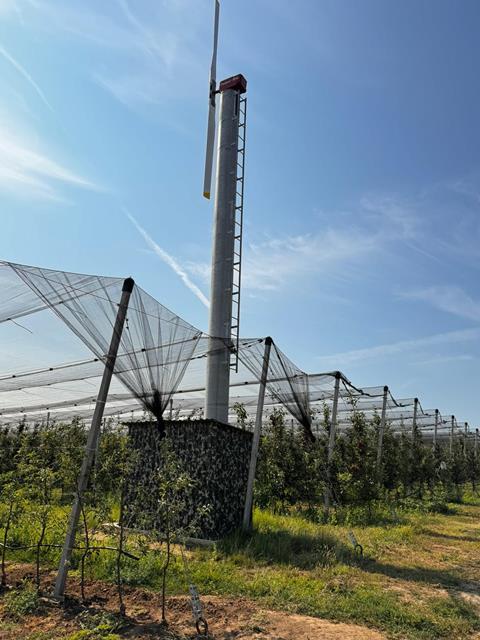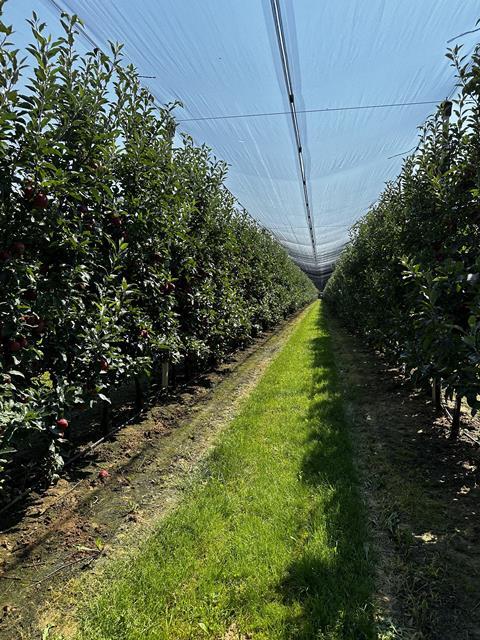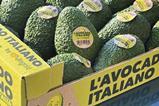By employing advanced production methods, planting better varieties, and coordinating their marketing efforts, apple growers in the country appear to have given themselves a greater chance of commercial success
Slowly but surely, change may be coming to parts of the apple business in Hungary. It’s by no means a dramatic, overnight shift. But a gradual move towards new varieties, better technical processes, and consolidation of supply means the country’s fresh apple trade has a bright future.
As in most of central and eastern Europe’s former communist countries, and in contrast with nations in the west, Hungary’s apple growers have tended to focus far more on the processing sector. Each year, in fact, as much as two-thirds of the national crop is turned into apple juice concentrate.
However, more of those growers have managed to invest in better-performing varieties, which means they can target the higher-value fresh market. Hail nets now cover around 10-15 per cent of Hungary’s 22,000ha of apple production, and this has been instrumental in saving those crops from summer hail storms. Other equipment has also played a vital role, for example wind machines to combat spring frosts.
This change has been a long time coming. Over the past 35 years, Hungary’s fresh apple offer has gradually expanded, coalescing around a smaller number of producer organisations (POs) with access to better-performing cultivars and the technical wherewithal to guarantee supply to modern retail chains – among them Spar, Tesco, Auchan, and the German discounters Lidl and Aldi.

“Before the political changes in 1990, there were big POs with big apple orchards,” says Ferenc Takács (seen in the main picture above), a research scientist at the Fruitculture Research Institute of the University of Debrecen and one of the country’s most experienced apple industry experts.
As he explains, the political upheaval that led to the fall of communism in 1990 precipitated a sudden removal of state structures – including government ownership of all commercial apple orchards – that previously held so much of Hungary’s agricultural economy together.
“We produced close to one million tonnes per year back then,” Takács recalls. “But after the communism regime finished, every member of the PO took their fields back from the government. At the moment we can produce half a million tonnes per year. Last year was 400,000 tonnes, but in 2018 we produced close to 800,000 tonnes. So it’s very variable.”
Left to face the market alone, the potential for a coordinated, export-focused marketing approach was negligible. And while today Hungary exports very little of its apples, it does appear to have reclaimed some level of coordination and commercial solidarity among its thousands of growers.
“There are still too many apple POs, maybe close to 20, in Hungary, which is too much when you compare it with the situation in Poland or Italy,” Takács suggests. “However, there are five or six huge and very important ones. And in the next ten years, I think only two or three will remain.”
With the help of subsidies from the EU and the Hungarian government, several modern, high-tech orchards have sprung up in the last ten to 15 years. Takács reckons more than 3,000 hectares have been converted in the last decade.

Greater variety
And it’s not just the structural aspects of those orchards that have been altered. The apples themselves were ripe for improvement, he says. “When we started to plan these new modern orchards, the varieties also changed. For example, there is a wide range of popular new Gala clones like Schnico Red, Devil Gala, Gala Royal, Galaxy and Buckeye. Idared is very popular too, as are new Jonagold clones like Red Jonaprince, Red Delicious clones, and Golden Delicious.”
Takács believes this is a smart move on the part of growers, and one which will lock in new value and eventually convince buyers to pay more. “I think the market always needs new types of apple,” he argues. “It’s a good marketing tool to enhance the consumption.”
For growers who do invest in new varieties, the pressure to secure better returns is intense. Whether or not they do depends largely on the producer organisations themselves, who must balance the supermarkets’ desire to set attractive prices for their shoppers – sometimes via low-price promotions – and the need to cover the cost of production.
But all in all, Hungary’s apple growers are quietly confident ahead of their 2024/25 season, Takács insists. After all, improvements on the ground, combined with a trend towards fewer, bigger grower groups, means some balance could return to what was previously a one-sided commercial equation.
He concludes: “I think if we are able to manage the market situation smartly, this year will be very good for us.”
Prognosfruit, the annual meeting of apple and pear industry leaders, takes place on 7-9 August 2025 in Budapest. More details at prognosfruit.eu









